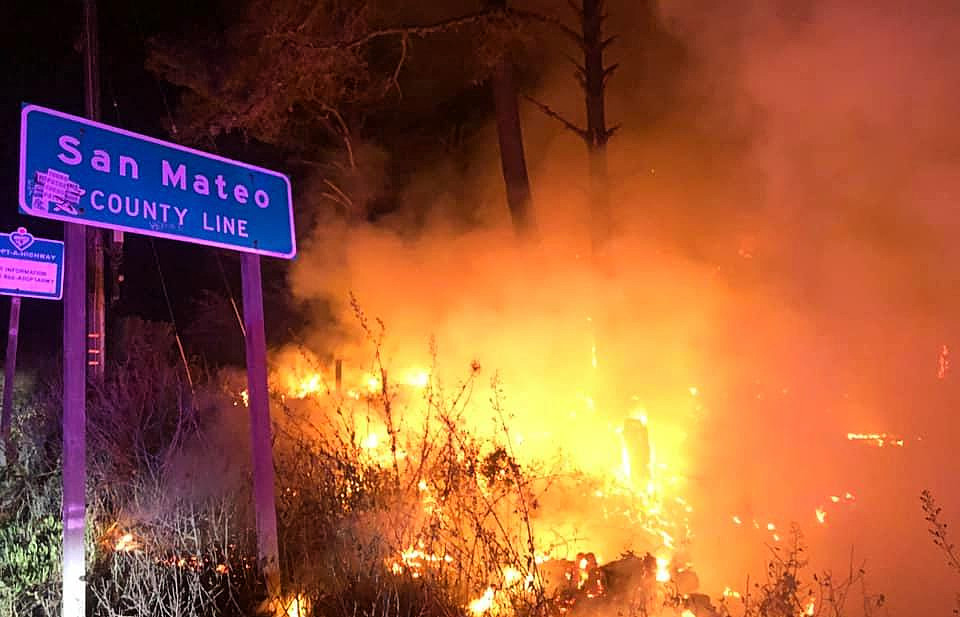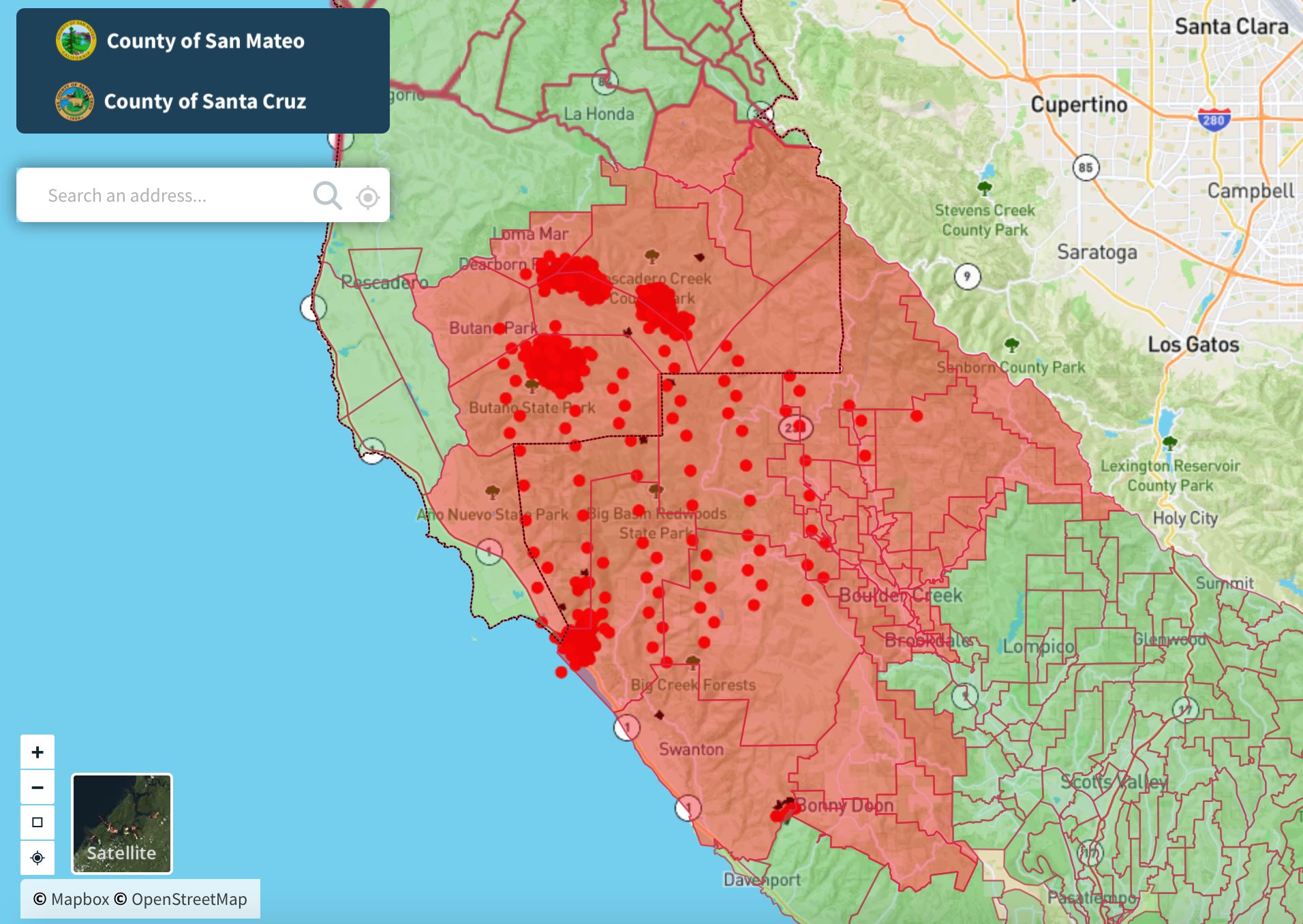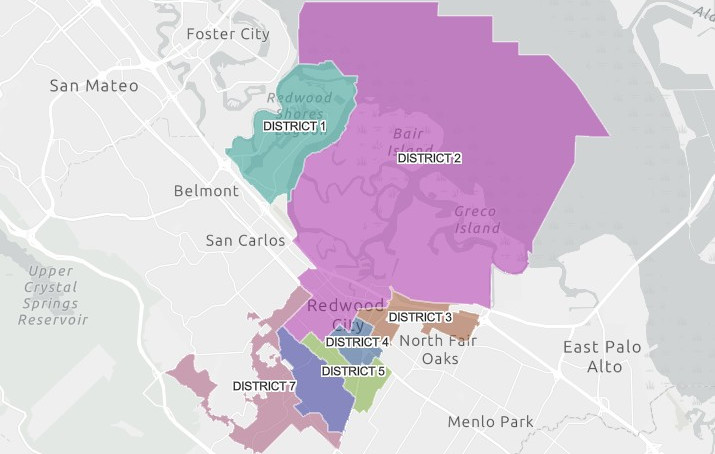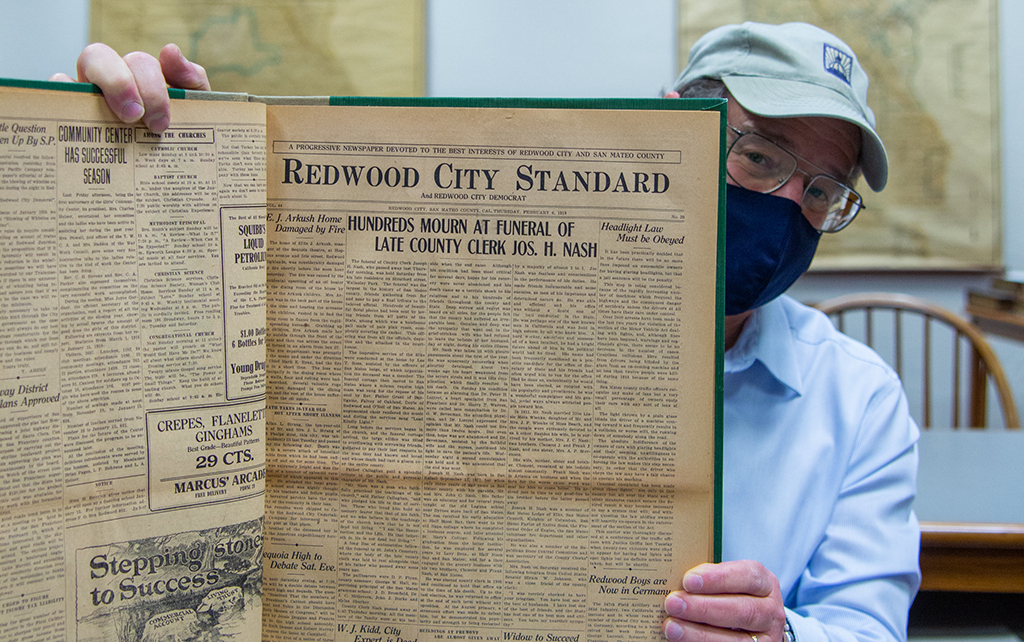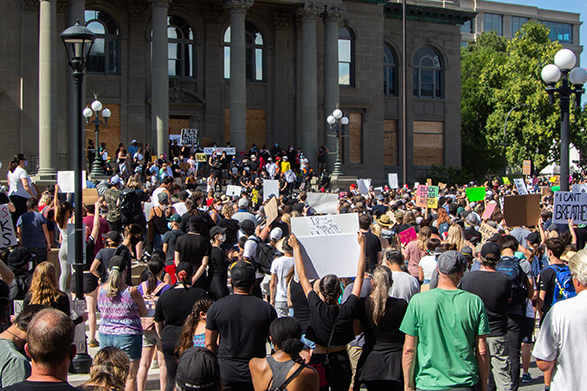CZU Lightning Complex fires grow to 48,000 acres, 20,952 structures threatened

The CZU August Lightning Complex fires in southern San Mateo County and northern Santa Cruz County had grown to 48,000 acres, destroyed at least 50 structures and remained zero percent contained as of Thursday evening, according to Cal Fire. About 20,952 structures are threatened by the fire, up from 8,600 structures early Thursday.
Fire officials believe the number of structures damaged by the fires will reach the triple digits, “it’s just too early know what that exact number is,” officials said Thursday evening.
About 48,000 people who have been ordered to evacuate from areas threatened by the fires, officials said. In San Mateo County, about 3,600 people have been evacuated as the fire continues to threaten the communities of La Honda and Pescadero. That’s up from 1,100 residents evacuated as of Thursday morning, officials said.
San Mateo County areas previously considered warning areas for evacuations are now mandatory evacuation areas, including Pescadaro Beach, Pescadero Creek and the County park area, Bean Hollow, the town of Pescardaro, San Gregorio, La Honda, the Red Barn area, Russian Bridge and Sky Londa.
Displaced residents can go to Half Moon Bay High, an evacuation center, as well a new evacuation center at the San Mateo County Event Center.
In Santa Cruz, the fires have crested above the communities of Felton, Ben Lomond and Boulder Creek, moving down to Highway 9 just north of Ben Lomond, officials said.
The fires, which began over the weekend, were active throughout Wednesday and “overnight it became even more active,” Cal Fire Operations Section Chief Mark Brunton said. “We had significant burning conditions that are unprecedented and unseen by veteran firefighters.”
The rapid approach of fire prompted a near last-minute evacuation of the community of Davenport on the Santa Cruz County coast, Brunton said. As of Thursday evening, the fires at Davenport had tampered a bit, but were still going.
There are no known injuries to civilians due to the CZU August Lightning Complex fires. A number of first responders have suffered minor injuries, such as bee stings and minor lacerations, but no major injuries. An accident involving two firefighter vehicles caused minor injuries.
The blazes are among 367 known wildfires statewide that broke out following a 72-hour period of nearly 11,000 lightning strikes amid hot and dry conditions.
The large number of fires means an under-resourced battle in San Mateo and Santa Cruz counties, where the focus is on safe evacuations, officials said. But as of Thursday evening, the number of fire personnel battling the CZU August Lightning Complex fires nearly doubled to 997.
Visit the regional evacuations portal for more information. Visit Cal Fire’s incident map for more information on the status of wildfires throughout the state.
Photo credit: Cal Fire CZU San Mateo-Santa Cruz Unit


